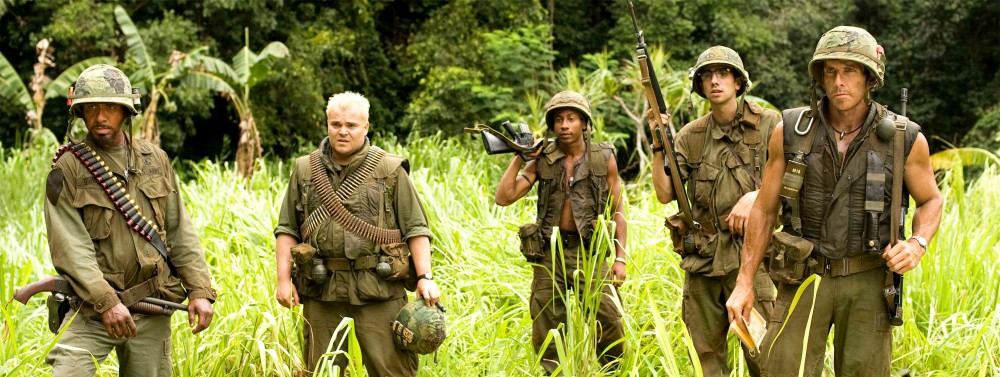8 ½ is a very dense film, and hard to understand. Fortunately this was the second time I’ve seen the film, and I picked up on a few nuances that I didn’t catch on my first go around. It’s a confusing film to process with dream sequences and flash backs, but these additions were very crucial to the films development. I thought the most profound dream sequence was the opening sequence of the film.
The opening scene of 8 ½ starts out with Guido in a dream sequence stuck in traffic in a tunnel bumper to bumper. Smoke starts to fill the car, as Guido try’s to escape but his car wont open. Guido starts to panic trying to break the windows of his car trying to get someone’s attention but everyone around him is just watching him struggle and suffer. At last Guido escapes his smoking car through the roof and begins to float out from the tunnel in gusts of fresh air, coming into the light. The next shot is of Guido flying through the clouds where he encounters briefly his huge unfinished structure for his new upcoming movie. The final shot of the sequence is a rope around Guido’s leg being pulled from the sky by his producers. Guido struggles to free himself from these restraints but is ultimately pulled to the ocean in which Guido then wakes from his dream state.
Guido’s opening dream sequence can be viewed as what he is longing for, his stressful career suffocating him and the harsh public opinion of his current film. One particular shot that interested me was the shot of everyone staring at Guido and a bus full of people pressed against the windows but only shown them from the neck down with their hands resting on the windows packed like sardines. Fellini gives the illusion that we are looking at a group of headless passengers that signifies that these people are a zombie mass, not have any significant criticism to his work but just adding to the pressure to his unfinished work and mass that he feels is against him.
The quick glance of the unfinished tower is symbolic staple throughout the movie. It was interesting to note that he was flying above it signifying that this unfinished project isn’t a burden on him and carelessly flying through the air. When Guido is stressing about the film and is on site, the camera points up at the tower as a daunting ominous task and frames it as such.
Throughout the dream sequence the camera never once shows Guido’s face and keeps him particularly dark until he escapes his suffocating prison. His escape from the tunnel resembles his death and resurrection, dying by the stress of his career and his overall unhappiness; he soon finds himself letting go and coming to an enlightened state. He would have stayed in this enlightened state if he was detached from his obligations from his film. The rope around his ankle controlled by the producers on the beach keeps him from his enlightenment.
This first sequence explains the whole movie in a matter of a few symbolic minutes. Not only that but it goes through what Guido really feels that he should be doing by relaxing and not working. It was all a matter of letting go of the stressful work and pressure of doing a project he doesn’t want to be doing. All the dreams foreshadowed or enlightened a certain aspect of Guido’s personal life that couldn’t be seen through his expressing and interacting with others, including his wife.

For me, it was first time to see this film. And I totally couldn’t realize what Fellini want to tell us in it. Especially, that dream sequence was one of such difficult sequences in the film for me. But your interpretation of that scene is brief and simple. Especially connecting the Bus’ shot with his life by suffocation is brilliant. As you say, it might be true that we can recognize its nuances more by watching it again and again. So, next time I gonna care about what you described in your blog!
This is a good assessment of Guido and the opening dream sequence. Guido’s dreams are what give this film the “poetic imagination” that his film lacks. At first I was confused by what they were supposed to symbolize. I’m sure a re-watch of the movie would help, but I think your analysis seems pretty spot on. It is so interesting to think about films like 8 1/2, that really make use of that cinematic language – a language that says what cannot be put into words.
While surfing the web, this blog has been led.
There are many very fresh posts. Enough to get my attention. I’ll come to check often.
토토 핸드
카지노 사이트 추천
사설 토토 사이트
스포츠 토토 배당률
스포츠 토토 승부 식
https://www.j9korea.com
Your article has left an indelible mark on me, and I am grateful for the experience.สมัคร หวยบี
Guido always dreamed big, envisioning a life filled with creativity and innovation. One of his most cherished goals was to start a fashion line that stood out he began with Mid Profile Cap Embroidery blending intricate designs with quality craftsmanship. This unique focus reflected his passion for turning dreams into wearable art.